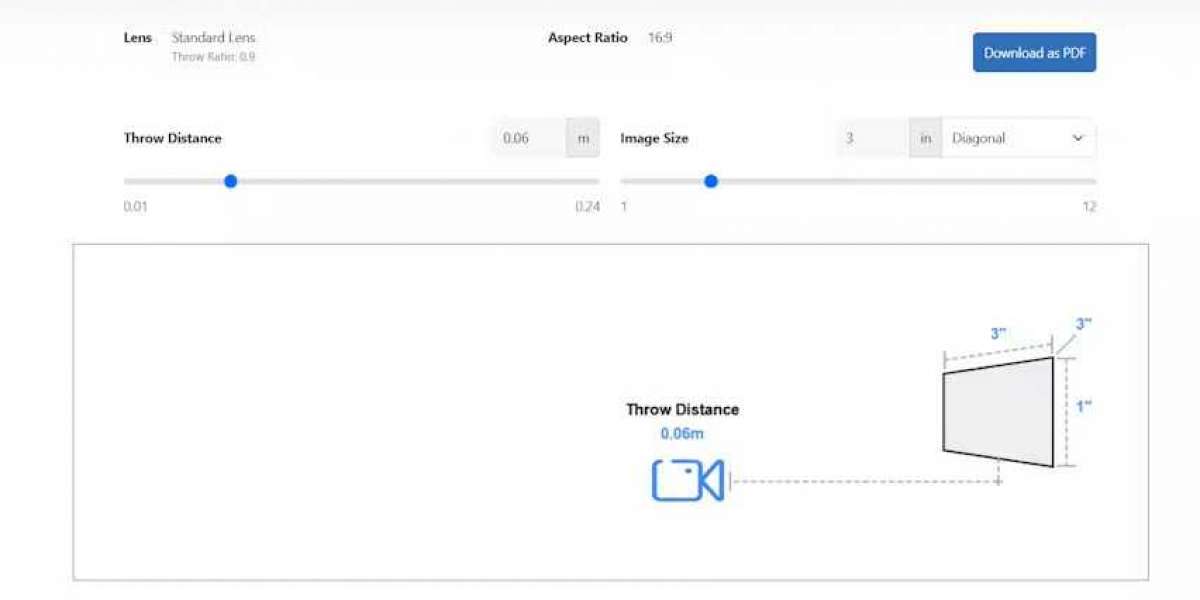A professional wiring diagram is more than a simple sketch of cables and devices. In the world of AV installations, creating diagrams that meet industry standards ensures safety, reliability, and seamless performance. Whether designing for a home theater, corporate boardroom, auditorium, or hybrid collaboration space, following established guidelines prevents costly mistakes and improves system longevity. A standardized wiring diagram also facilitates communication among designers, integrators, and technicians.
Why Industry Standards Matter
Industry standards in AV wiring are developed to ensure:
Safe and consistent electrical connections
Optimal signal quality and minimal interference
Easy troubleshooting and maintenance
Compliance with building codes and safety regulations
Professional documentation for installers and clients
Standards may vary depending on the region and type of installation, but they generally cover aspects such as cable types, labeling, color codes, grounding, and routing practices. Following these standards helps you avoid common issues like signal loss, equipment damage, and installation errors.
Step 1. Identify the System Components
Begin by listing all devices that will be part of the AV system. Common components include:
Display devices such as projectors, video walls, or monitors
AV receivers, amplifiers, or processors
Speakers, subwoofers, and audio arrays
Video and audio sources including media players, streaming devices, and gaming consoles
Control systems and networked devices
Power sources, surge protectors, and UPS units
Knowing every component allows you to plan the wiring layout accurately and ensures that no device is overlooked.
Step 2. Determine Cable Types and Specifications
Selecting the right cables is crucial for maintaining signal integrity and meeting standards. Key considerations include:
Video Cables: HDMI, DisplayPort, or SDI depending on resolution and distance
Audio Cables: Balanced XLR, TRS, RCA, or speaker wire depending on signal type
Network Cables: Cat6 or higher for AV over IP installations
Power Cables: Ensure correct gauge for load and compliance with electrical codes
Conduit and Raceway Requirements: Follow standards for routing cables through walls, ceilings, or under floors
Properly specifying cables not only ensures compliance but also prevents signal degradation and interference.
Step 3. Use Standard Symbols and Labels
Industry-standard wiring diagrams use consistent symbols and labeling to improve readability. Some common conventions include:
Rectangles for devices like receivers or media players
Circles for speakers
Lines for cables, with different styles representing video, audio, network, or power
Labels for channel designation, cable type, length, and polarity
Color coding for easy identification, for example red for power, blue for video, and green for audio
Consistent symbols and labels allow installers and technicians to interpret the diagram quickly without confusion.
Step 4. Plan Cable Routing and Pathways
Routing is critical for both performance and compliance. Standard practices include:
Keeping power and data cables separate to reduce electromagnetic interference
Using conduit, raceways, or cable trays for organized and protected runs
Avoiding tight bends that can damage cables or affect signal quality
Planning access points for maintenance and future expansion
Consider ceiling mounts, wall panels, and raised flooring when designing routing pathways. A diagram that reflects these paths ensures the installation aligns with industry expectations.
Step 5. Include Grounding and Surge Protection
Proper grounding and surge protection are essential for both safety and signal quality. Your diagram should indicate:
Ground connections for all devices that require it
Surge protectors or power conditioning units
Isolation of sensitive equipment from potential electrical noise
Documenting these elements in the wiring diagram ensures compliance with safety standards and prevents equipment damage.
Step 6. Verify Compliance with Standards
Before finalizing the diagram, check it against relevant industry standards such as:
TIA/EIA Standards: Guidelines for cabling infrastructure, networked AV, and signal integrity
NEC or Local Electrical Codes: Compliance for power distribution, grounding, and protection
AVIXA or CEDIA Guidelines: Best practices for AV system design and installation
Verification ensures your diagram is not only practical but also professionally recognized and safe for implementation.
Step 7. Digitize and Document
Creating a digital version of your wiring diagram adds professionalism and flexibility. Software solutions like XTEN-AV allow designers to create precise, scalable diagrams with industry-standard symbols and labels. Digital diagrams can be easily shared with clients, integrators, and maintenance teams. They also simplify future updates or expansions.
Step 8. Test and Refine
A wiring diagram is only effective if it translates to a successful installation. Conduct a mock setup or review with installation teams to ensure:
All connections are correctly documented
Cable lengths and pathways are feasible
Signal flow matches design intentions
Labeling is clear and consistent
Refine the diagram based on feedback before starting the full installation. This step reduces errors and saves time on-site.
Benefits of Standardized Wiring Diagrams
Creating wiring diagrams that meet industry standards offers numerous advantages:
Reduces installation errors and signal issues
Facilitates maintenance and troubleshooting
Provides clear documentation for clients and technicians
Ensures compliance with safety and electrical codes
Enhances the longevity and reliability of AV systems
Conclusion
Designing a wiring diagram that meets industry standards is a critical part of professional AV installation. By identifying components, specifying cables, using standard symbols, planning routes, and verifying compliance, you create a blueprint that is safe, reliable, and easy to follow. Digitizing the diagram ensures accuracy and facilitates communication across teams.
For AV integrators and enthusiasts alike, adhering to standards in wiring diagrams ensures that your home theater, corporate AV setup, or commercial installation performs optimally and remains future-proof. As AV spaces evolve, from Video Wall vs Projector installations to hybrid collaboration rooms, a well-documented wiring diagram remains the foundation of a successful and professional AV system.
Read more: https://ivebo.co.uk/read-blog/179844








